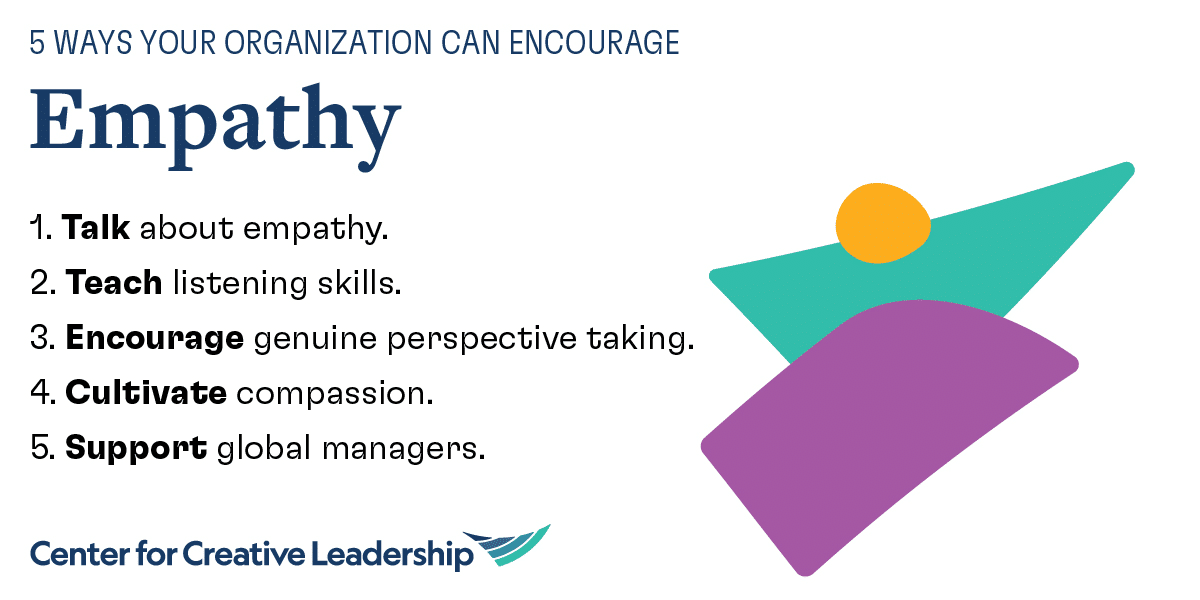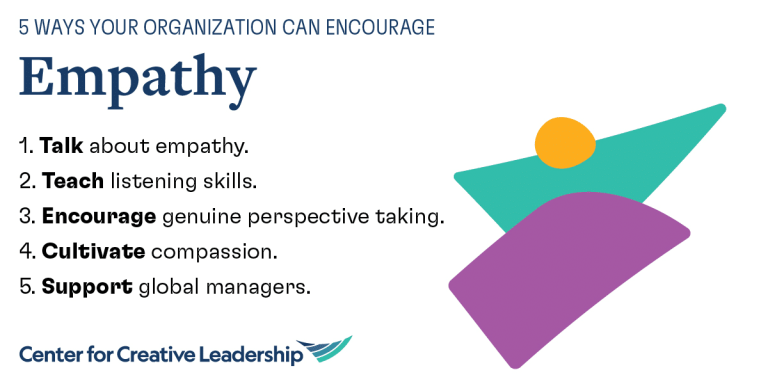What are 5 Examples of Empathy in the Workplace? Real-Life Scenarios
Empathy in the workplace is crucial for a healthy environment. It fosters understanding and collaboration among team members.
So, what are 5 examples of empathy in the workplace? Empathy is the ability to understand and share the feelings of others. In a work setting, this means recognizing your colleagues’ emotions and responding with care. It’s about creating a supportive atmosphere where everyone feels valued.
Empathy can lead to better teamwork, increased job satisfaction, and improved productivity. In this blog post, we will explore five concrete examples of empathy in the workplace. These examples will highlight how empathy can make a difference in everyday interactions and help build a stronger, more cohesive team.
Importance Of Empathy In The Workplace
Empathy can make team members feel valued. Feeling valued boosts their morale. A happy team works better together. They help each other more. This creates a positive work environment. Team morale is essential for success. High morale leads to higher productivity. Everyone benefits from a positive workplace.
Good communication is key at work. Empathy helps improve communication. People listen better when they feel understood. This reduces conflicts. Misunderstandings happen less often. Clear communication leads to fewer mistakes. Teams work more smoothly. Effective communication is vital for any team.
Empathy Example 1: Active Listening
Active listening helps create a safe space. Employees feel heard and valued. They trust their managers more. This builds a strong team spirit. Let people finish speaking. Avoid interrupting. Nod to show you are listening. Ask clarifying questions. This shows you care about their thoughts.
Valuing employee input is crucial. It makes them feel important. They see their ideas matter. Encourage them to share thoughts. Give feedback on their ideas. This boosts morale. It also leads to better solutions. Employees feel like part of the team. They work harder and stay loyal.
Empathy Example 2: Understanding Personal Challenges
Offering Flexible Work Hours can help employees manage their personal life better. Flexibility allows them to balance work and home duties. This can reduce stress and increase productivity. Employees appreciate it when their needs are considered. It can build trust and loyalty within the team.
Providing Emotional Support is vital in the workplace. Listening to employees’ problems shows you care. It helps them feel valued and understood. Sometimes, a simple kind word can make a big difference. Empathy can create a more supportive work environment. People work better when they feel supported.

Credit: fastercapital.com
Empathy Example 3: Celebrating Milestones
Recognizing team members’ achievements boosts their morale. It shows you care about their efforts. A simple “Great job!” can make someone’s day. Celebrating small wins builds a positive workplace. It encourages others to perform better.
Show empathy by acknowledging personal events. Birthdays, anniversaries, and other milestones matter. A quick note or a small gift can mean a lot. It shows you value them as individuals. This creates a supportive environment where everyone feels valued.
Empathy Example 4: Constructive Feedback
Offering constructive feedback shows empathy in the workplace. It helps colleagues improve while maintaining their self-esteem. Clear, kind guidance fosters growth and trust.
Focusing On Growth
Constructive feedback helps employees grow. It encourages personal and professional development. Feedback should be clear and specific. This helps employees understand what to improve. Highlight their strengths first. This builds confidence.
Being Sensitive To Emotions
Feedback must be given with empathy. Be aware of the employee’s feelings. Use kind words. Avoid harsh criticism. This makes them feel valued and respected. Listen to their concerns. Show understanding and support. This builds trust and improves workplace relationships.
Empathy Example 5: Supporting Career Development
Helping colleagues grow in their careers shows empathy. Managers can offer mentorship and training opportunities to support their team’s development.
Mentorship Programs
Mentorship programs help employees grow. A mentor shares knowledge and experience. This builds confidence in the mentee. It also enhances skills. Mentors provide guidance and support. They help navigate challenges. This creates a positive work environment. It shows the company cares about employee growth.
Opportunities For Advancement
Offering opportunities for advancement is crucial. Employees feel valued and motivated. They see a future in the company. Training sessions and workshops are beneficial. These opportunities improve skills and knowledge. Career advancement leads to job satisfaction. It also reduces employee turnover. Everyone benefits from these opportunities.
Benefits Of Empathy In Leadership
Empathy in leadership helps build strong trust. Team members feel safe and valued. They know their leader cares. This trust boosts team morale. People work better when they trust their leader. Empathy makes leaders more approachable. Open communication grows. Problems get solved faster.
Empathy fosters loyalty among team members. They feel understood and respected. This makes them want to stay longer. Loyal employees are more committed. They perform better. They care about the company’s success. Empathy also reduces turnover. Hiring and training new staff costs less. Everyone benefits from a loyal team.

Credit: www.radicalcandor.com
Challenges To Practicing Empathy
Biases can make empathy hard. People may favor their own group. They might not understand others. This can block empathy. Recognize these biases first. Then, work to change them. Training can help. Employees learn to see different views. This can reduce biases. Building a diverse team also helps. Different views become normal. Then, empathy grows easier.
Leaders must show empathy. But they also need to lead. This balance can be tough. Too much empathy may seem weak. Too little can seem harsh. Good leaders mix both. They listen and care. Yet, they set clear rules. They stay fair and firm. This builds trust. Employees feel valued. They respect their leader’s decisions.

Credit: www.weareforgood.com
Frequently Asked Questions
What Is Empathy In The Workplace?
Empathy in the workplace means understanding and sharing the feelings of colleagues. It fosters a supportive and collaborative environment.
Why Is Empathy Important At Work?
Empathy is crucial at work for building strong relationships, enhancing teamwork, and improving communication. It promotes a positive work culture.
How Can Managers Show Empathy?
Managers can show empathy by actively listening, offering support, and recognizing employees’ efforts. They should understand and address team members’ concerns.
What Are Examples Of Empathy In The Workplace?
Examples include actively listening, offering help, recognizing achievements, being considerate of personal issues, and fostering open communication.
Conclusion
Empathy in the workplace fosters a healthy, supportive environment. It enhances teamwork and collaboration. Employees feel valued and understood. This leads to increased job satisfaction. Productivity rises when empathy is practiced. Simple acts of kindness matter. Listening actively and showing compassion build trust.
Empathy strengthens relationships. It also reduces conflicts. Encourage empathy to create a positive culture. Your workplace will thrive. Embrace empathy today.




